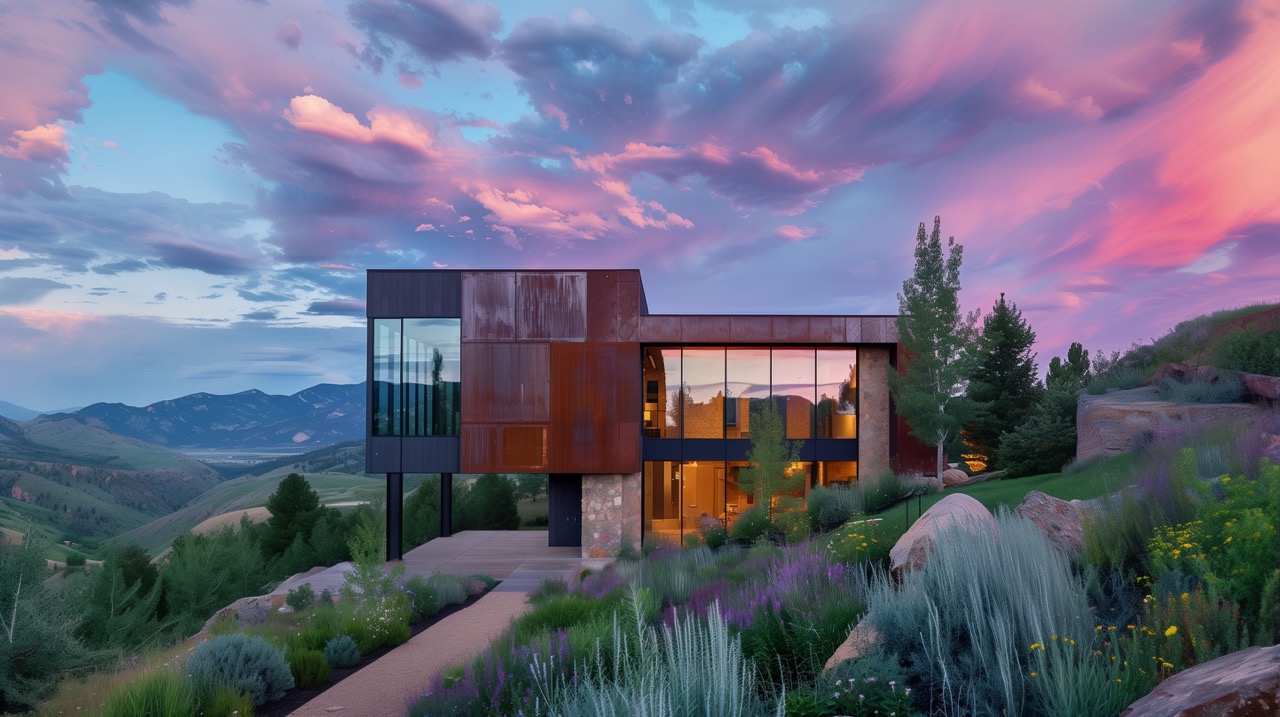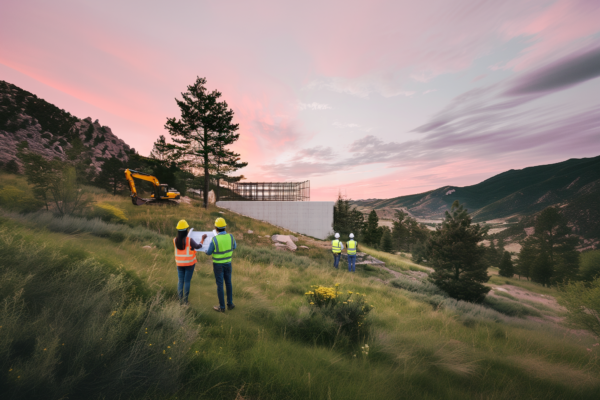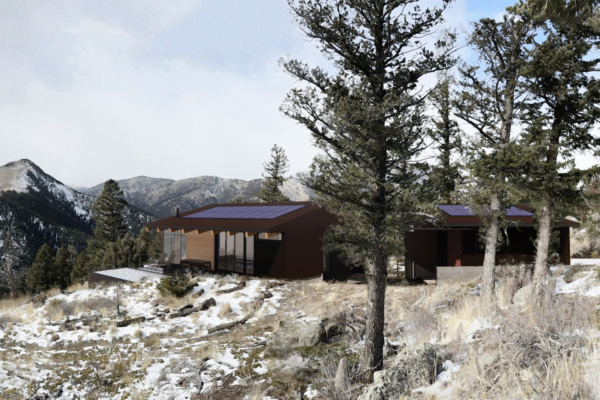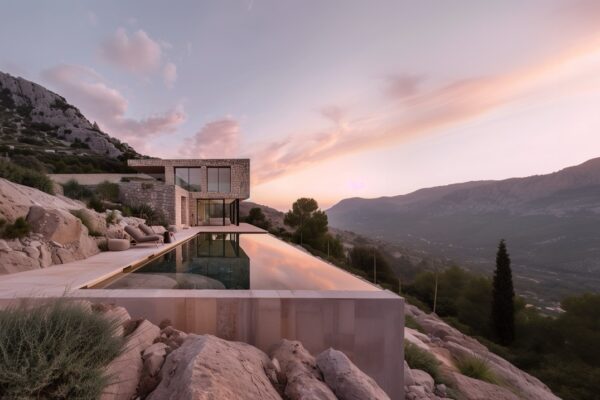Modern Luxury Homes: Top Trends and Must-Have Features
A well-designed modern luxury home is more than just an address; it’s a personal statement. When I create a space that embraces seamless indoor-outdoor living, high-quality materials, and timeless design, I’m not just building a house—I’m crafting a lifestyle. Below, I’ll explore the top trends and must-have features that define a truly modern luxury home. In doing so, I’ll also dive deeper into the educational aspects that help inform these design choices, from understanding sustainability principles to the science behind interior layouts.
Balancing Timeless Design and Craftsmanship
Modern luxury homes capture the essence of timeless design, thoughtful craftsmanship, and high-quality materials. It’s crucial to consider how each element—be it natural stone, wood, or steel—balances both beauty and function. A large part of striking this balance lies in understanding the materials themselves: wood species differ in hardness, grain pattern, and moisture tolerance, while natural stone varies in porosity, maintenance needs, and thermal conductivity. By paying close attention to these details, homeowners and builders ensure that each material is both appropriate for its intended use and consistent with the home’s design language.
Choosing materials wisely also has long-term implications for durability and value. For example, selecting a higher grade of lumber not only means fewer knots and blemishes but can also improve structural stability. Premium finishes, such as oil-based stains for wood or sealants for stone, help preserve the natural luster and protect surfaces from everyday wear and tear. When executed properly, craftsmanship transcends aesthetics and becomes an investment in the home’s longevity.
Understanding the local climate is another consideration when balancing timeless design with practicality. In humid or coastal regions, certain metals are more prone to corrosion, while wood can warp if not properly treated. Collaborating with architects, engineers, and local experts ensures the home’s design isn’t just beautiful on paper but prepared to withstand environmental factors for decades to come.
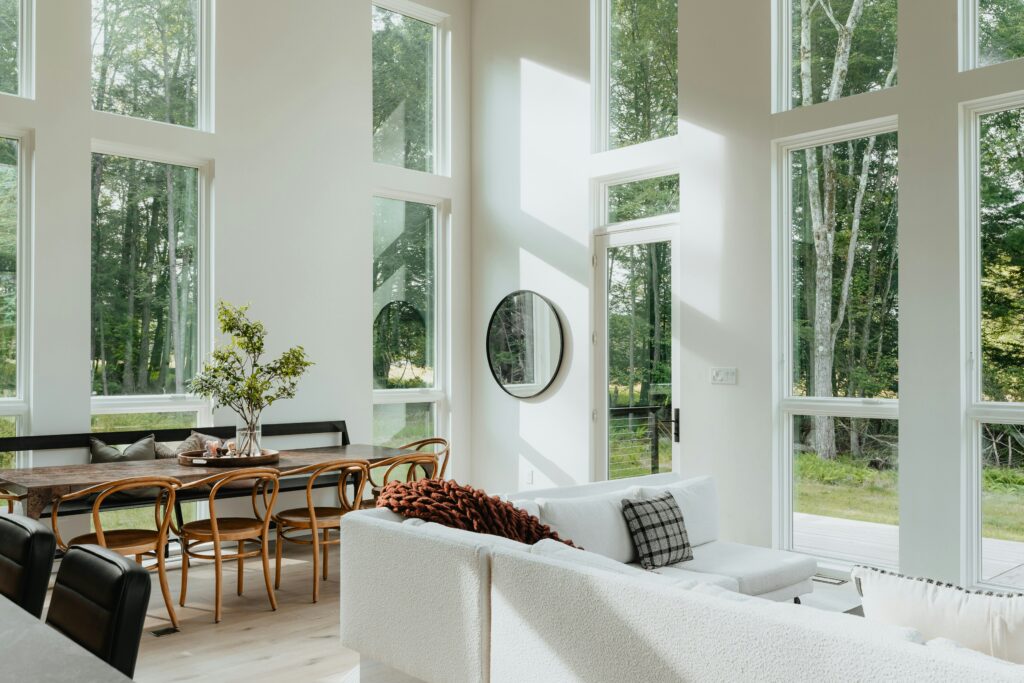
Top Trends in Modern Luxury Homes
Open-Concept Living
Open floor plans are all about spaciousness and flow, like our Bloque Residence in Boulder, Colorado. They blur the boundaries between rooms, making everyday living and entertaining more comfortable. By maximizing natural light, open-concept layouts feel bright, airy, and endlessly customizable. To truly appreciate the science behind open-concept spaces, consider how light travels: large, unobstructed windows allow sunlight to penetrate deeper into the home, reducing the need for artificial lighting during the day and fostering a more uplifting ambiance. Designers often employ structural engineering techniques such as hidden support beams or load-bearing pillars to maintain the openness while ensuring stability.
Beyond aesthetics, open-concept living can positively impact family dynamics. With fewer walls separating communal areas, family members can interact more easily, encouraging a sense of togetherness. Whether it’s supervising children from the kitchen while they do homework in the living room, or hosting a dinner party where guests can mingle freely between the kitchen and sitting area, the layout fosters connectivity at every turn.
Seamless Indoor-Outdoor Transitions
Outdoor kitchens, covered patios, and sliding glass walls help integrate the home with its surroundings. By drawing inspiration from the natural environment—be it ocean, mountain, or cityscape—modern luxury homes strengthen their bond with nature. Biophilic design principles go a step further by incorporating elements such as living walls, natural ventilation, and daylighting strategies to enhance occupants’ well-being. Research has shown that a strong connection to nature can reduce stress, improve air quality, and even boost productivity.
For those who enjoy entertaining, seamless indoor-outdoor transitions allow for larger gatherings without feeling cramped. Retractable glass panels and disappearing doors can transform a living room into an open-air pavilion in a matter of seconds. These features are not only visually striking but also practical, especially in regions where the climate supports extended periods of mild weather.
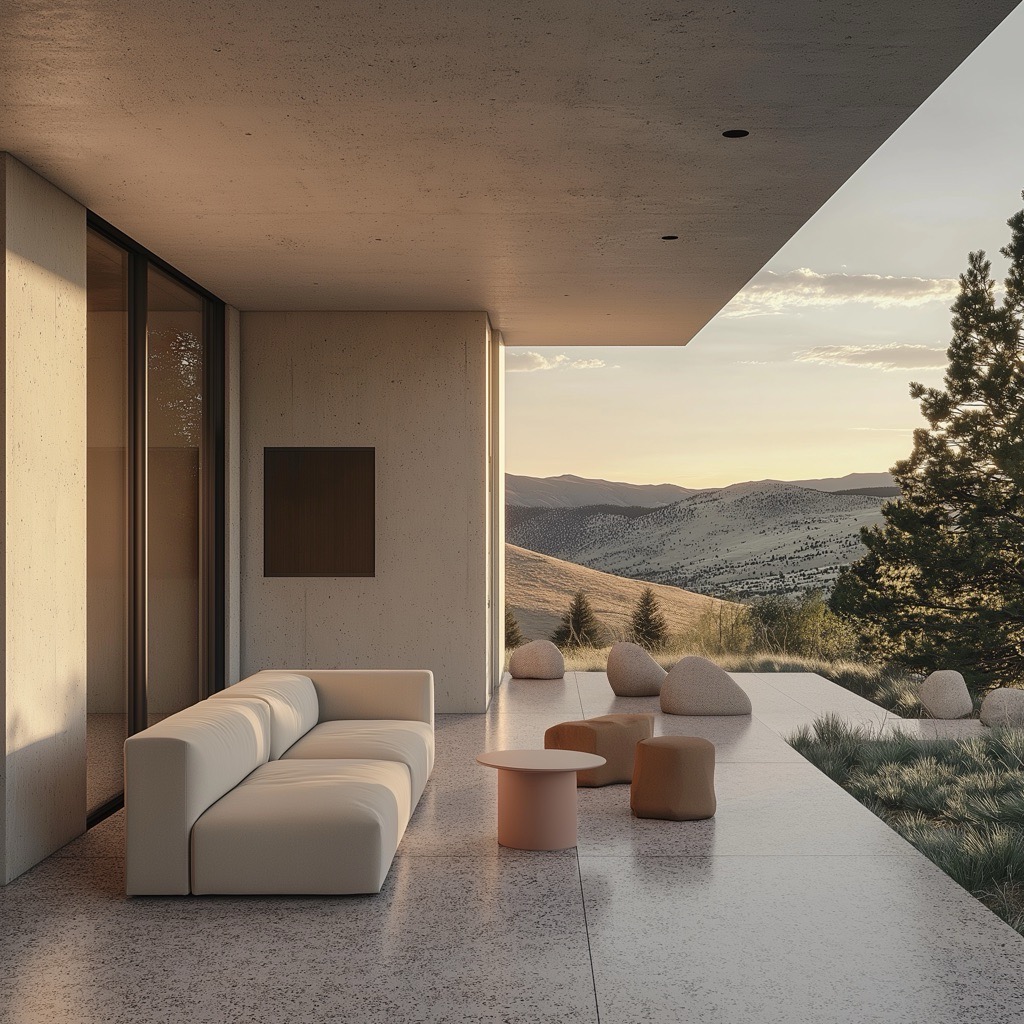
Smart Home Integration for Modern Luxury Homes
Automated systems for lighting, climate control, security, and entertainment are no longer optional; they are part of the luxury experience. Voice-activated features and remote access let homeowners fine-tune their environment with ease. From a technical standpoint, this involves layering Wi-Fi coverage, Ethernet connections, and sometimes even fiber-optic cables throughout the home to support a network of Internet of Things (IoT) devices. Professional system integrators often use structured wiring and centralized control panels to manage these technologies efficiently.
Additionally, data security is a critical factor in modern luxury homes. With everything from door locks to surveillance cameras connected to the internet, robust cybersecurity measures—like firewalls, encryption, and secure network protocols—should be in place. Investing in professional-grade smart home solutions can ensure the system remains user-friendly while safeguarding sensitive information.
Sustainable Features
From passive design strategies to solar panels and water conservation systems, sustainable homes prioritize the health of the environment and the well-being of their occupants. Thoughtful site planning, strategic orientation, and high-performance windows also maximize natural light while reducing energy consumption. A deeper understanding of green building certifications such as LEED (Leadership in Energy and Environmental Design) can guide homeowners toward more responsible choices.
Passive design strategies often include placing windows to optimize cross-ventilation, using thermal mass to regulate indoor temperatures, and carefully selecting roof overhangs to block direct sunlight during the hottest months. Solar panel technology has evolved significantly, offering more efficient and sleeker designs that seamlessly blend into modern rooftops. Meanwhile, water-saving fixtures like low-flow faucets and dual-flush toilets make a notable difference in reducing the home’s environmental footprint.
Beyond the environmental impact, sustainable features can yield cost savings over time. Lower utility bills, potential tax rebates, and increased resale value make the initial investment worthwhile for many homeowners.
Wellness-Focused Spaces in Modern Luxury Homes
Home gyms, meditation rooms, and spa-like bathrooms transform the home into a holistic retreat. These features elevate daily routines—like working out or unwinding after a long day—into luxurious rituals. Educational insights in wellness design often revolve around ergonomics, air quality, and light therapy. For example, circadian lighting systems mimic the natural progression of sunlight throughout the day, helping to regulate sleep-wake cycles. In a meditation room, acoustic treatments can minimize external noise, creating a tranquil environment conducive to relaxation.
When it comes to spa-like bathrooms, consider the impact of temperature control, aromatherapy, and chromotherapy. Heated floors can reduce the shock of cold tiles on bare feet, while steam showers offer health benefits like improved circulation and sinus relief. Integrating natural materials like teak wood or bamboo further enhances the spa ambiance, creating a sensory experience that nurtures both body and mind.
Must-Have Amenities in a High-End Home
- Chef’s Kitchens: Professional-grade appliances and custom cabinetry define the kitchen’s design. Going a step further, many luxury kitchens incorporate ergonomic countertop heights, commercial-grade ventilation systems, and advanced food storage technology like humidity-controlled drawers. These design details not only enhance the cooking experience but also elevate the home’s overall resale value.
- Custom Wine Cellars: Ideal for enthusiasts looking to showcase their collection in style. Modern wine cellars often incorporate climate control technology that monitors temperature and humidity levels, ensuring each bottle is stored under optimal conditions. Some also feature smart inventory systems, notifying owners of bottle expiration dates or potential issues with cork integrity.
- Private Outdoor Retreats: Personalized lounges, gardens, or pools extend living space beyond the home’s walls. Educational aspects of these retreats may include learning about native plants for landscaping, which require less water and maintenance, or exploring eco-friendly pool filtration systems that reduce chemical use.
- Security and Privacy: From integrated surveillance to biometric access, peace of mind is paramount. Beyond the basics of cameras and alarms, advanced privacy solutions can include soundproofing measures, perimeter fencing with strategic landscaping, and even panic rooms for heightened security. Understanding local building codes and regulations around privacy features ensures these installations are both effective and compliant.
Materials That Make a Statement in Modern Luxury Homes
I often pair natural stone, wood, glass, and steel with custom finishes or artisanal craftsmanship to create refined yet durable spaces. Polished concrete and terrazzo are also popular for flooring, especially in areas where a sleek, contemporary aesthetic is desired. To gain a better appreciation of these materials, homeowners can delve into their historical contexts: terrazzo, for example, traces back to ancient mosaic floors and has been modernized with innovative binding agents and polished finishes.
When selecting statement materials, it’s crucial to consider maintenance requirements. While a marble countertop exudes luxury, it can also be susceptible to staining from acidic foods and beverages. By contrast, engineered quartz offers a similar aesthetic with greater durability and lower maintenance. Ultimately, the key is to choose materials that complement the homeowner’s lifestyle, design preferences, and willingness to maintain them.
Designing for Your Lifestyle
Whether it’s bespoke home offices, wellness areas, or storage solutions, customization aligns every square inch of the home with the owner’s unique routine. For example, a custom-built office might feature adjustable desks for ergonomic comfort, abundant natural light to reduce eye strain, and acoustic paneling for virtual meeting privacy. These details reflect a deeper understanding of how environment influences productivity.
Even something as simple as a cozy reading nook can add character to a luxury residence. Interior designers often employ spatial psychology to place reading nooks in quieter areas, away from foot traffic and noise. Combined with proper lighting—both natural and task lighting—this small corner becomes a functional, calming retreat that enhances daily life.
Storage is another area where thoughtful design pays off. Customized cabinetry and built-in closets optimize space, ensuring every item—from seasonal wardrobe pieces to specialty kitchen gadgets—has its own place. In turn, a clutter-free environment promotes well-being by reducing visual chaos and mental stress.
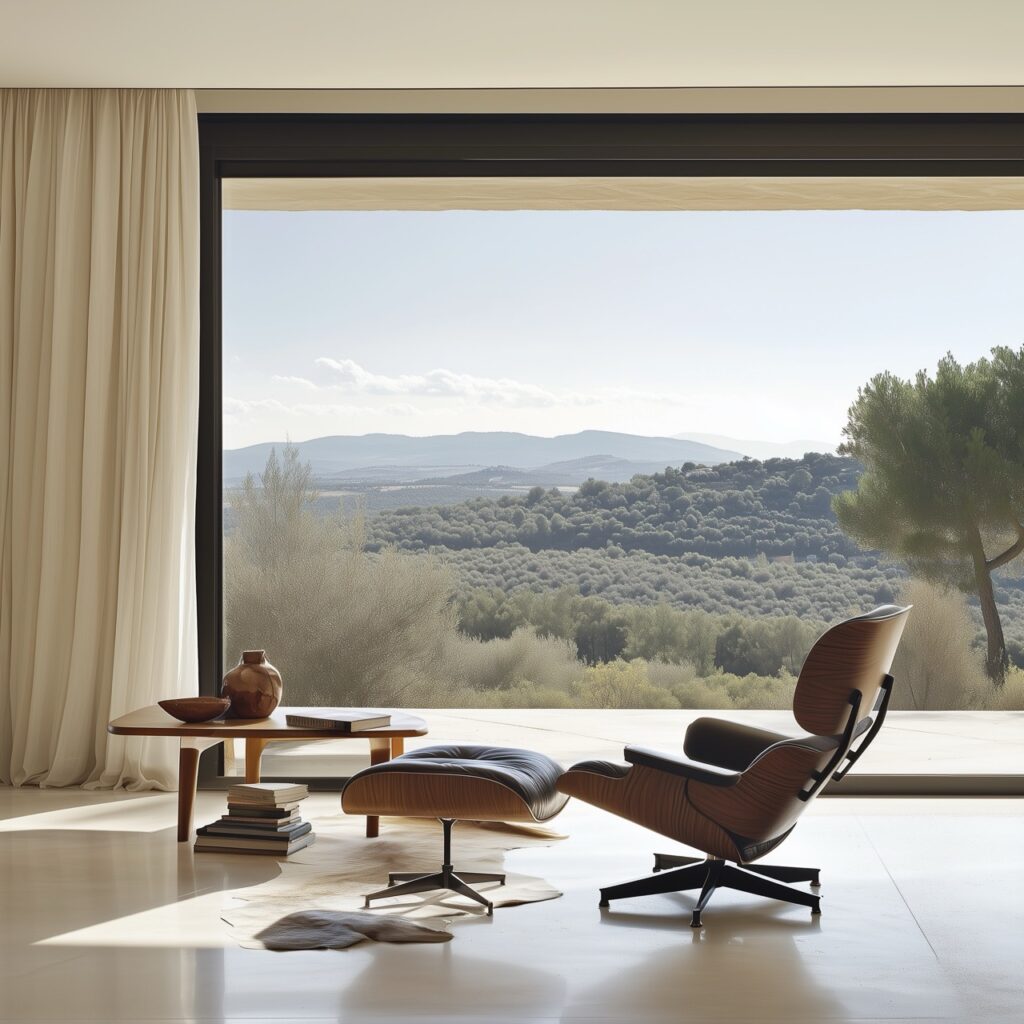
Final Thoughts
Designing a modern luxury home involves balancing form and function, maximizing natural light, embracing sustainable strategies, and creating a space that mirrors the lifestyle of its occupants. By thoughtfully integrating each of these aspects, the end result is a home that feels like a bespoke sanctuary—a reflection of both personal style and architectural innovation.
I believe in crafting homes that don’t just look stunning today, but remain relevant for years to come. After all, the greatest luxury is a home that continues to inspire and support your way of living. With the right mix of educational insights—ranging from material science to sustainable design principles—homeowners can make informed decisions that lead to a property that’s not just opulent, but also intelligent and enduring.

